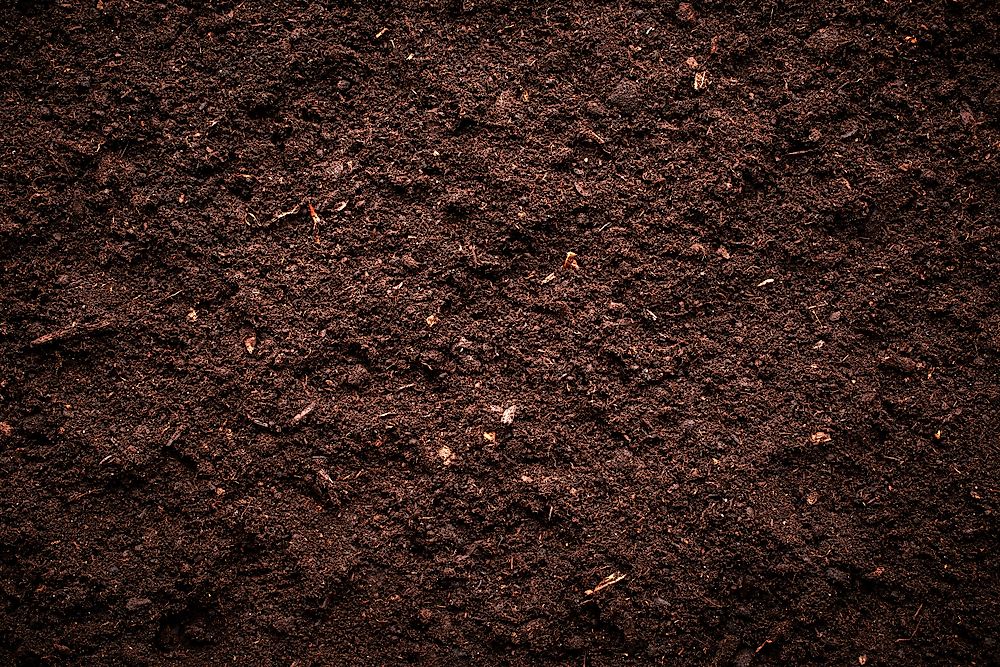What Does Soil Consist Of?

Soil refers to the uppermost layer of the earth that is responsible for sustaining plant life. Soil science is the study of the properties of soil. Soil can have different colors ranging from orange all the way to a dark black. The color of the soil can be used to determine the mineral content of a soil sample. For example, black soil is indicative of a volcanic soil sample while a deep orange-brown is indicative of a sample high in iron. Soils have a number of uses including the aforementioned sustenance of plant life, habitat for organisms, a storage of water, and other functions. The importance of soil is celebrated as World Soil Day annually on December 5th. Due to the essential nature of soil, soil pollution can have far reaching effects.
Soil Contents
Any type of soil consists of three particle sizes namely sand, clay, and silt even though in some rare cases a soil sample may have only one type of particle. Among these three particles, the largest particles are sand while clay particles are the smallest. The texture of the soil will be determined by the ratio of these three particles. In addition to these particles, soil also contains other things such as organic matter, liquids, gases, organisms, and minerals that all play a part in the soil’s function.
The organic matter of soil includes microbial material, animals, and plants, which can be either dead or alive. In any typical soil, 70% of the biomass composition is from microorganisms, 20% microfauna, while roots make up the remaining 8%. The organic matter also includes a small part of living cells that work to disintegrate dead organic matter, which is primarily from dead trees and animals.
Soil Structure
Soil structure refers to the organization of soil particles into lumps known as pedoliths or peds. Depending on what is contained in the peds, their shapes vary. Other conditions that affect the shapes of the peds include the conditions present during their formation and human activity. The peds have shapes resembling balls, columns, plates, or even blocks. Organisms, water, and air present in the soil move and reside in the spaces between the peds. A ped should not be mixed up with a soil clod, which is a soil mass formed after the earth is disturbed such as during cultivation.
The structure of the soil is crucial as it affects things such as the aeration of the soils, conduction of heat, the soil’s resistance to erosion, movement of water, the growth of plant roots, and other things. An important thing to note is that despite the soil’s structure affecting the movement of water, the movement of water in the soil affects the structure of the soil. The structure of the soil is affected by water through processes such as mineral precipitation and dissolution, the promotion of plant and organism life, and other ways.
The structure of the soil also give clues about things such as the texture, human use, chemical conditions, the content of organic matters, and other things. For the most part, the texture is determined by its natural contents although it is possible for agricultural activities to have a positive or negative effect on the soil structure. The structure of the soil is grouped into three classes based on the ped’s arrangement and shape, the size of the peds, and the measure of the development of the peds.











